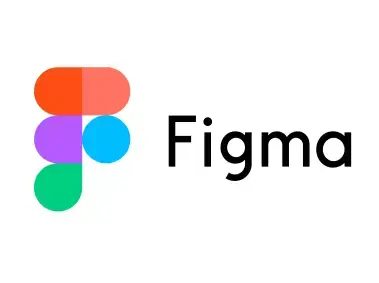Everything about Figma
- claufeza
- Jul 15, 2023
- 2 min read
Figma is a revolutionary web-based design and prototyping tool transforming how designers collaborate and create user interfaces.
1. What is Figma? Figma is a cloud-based design platform that enables real-time collaboration and iteration on design projects. Operating directly within web browsers eliminates the need for complex installations and offers seamless cross-platform compatibility. Figma has become the tool for UI/UX designers, product teams, and design agencies.
2. Key Advantages of Figma
Real-time Collaboration: Figma allows multiple users to work simultaneously on design files, fostering seamless collaboration and eliminating version control issues. Live editing, real-time commenting, and instant updates make it invaluable for remote teams and designers working across different locations.
Cloud-Based Accessibility: Being web-based, Figma offers unparalleled accessibility. Designers can access their projects from anywhere with an internet connection, making it convenient for remote work, client presentations, and collaborative sessions. The cloud-based nature ensures that design files are always up-to-date and accessible across devices.
Powerful Design Capabilities: Figma provides a comprehensive set of design features, including vector editing tools, design components, libraries, and prototyping capabilities. Designers can create visually stunning and interactive prototypes, explore design iterations, and customize UI elements effortlessly. Figma's intuitive interface enhances creativity and removes technical constraints.
The Possibilities with Figma
Design and Prototyping: Figma allows the creation of pixel-perfect designs, wireframes, and interactive prototypes. Its vector editing tools enable the development of visually appealing user interfaces, while the prototyping feature facilitates screen linking and user interaction simulation, providing a realistic user experience.
Collaborative Workflow: Figma streamlines collaboration by enabling designers, developers, and stakeholders to work seamlessly. Design files can be shared, feedback can be received, and designs can be iterated on in real time. Figma's commenting system ensures clear communication, fostering a shared understanding throughout the design process.
Design System Management: Figma simplifies the creation and management of design systems. Design libraries, reusable components, and style guides can be created and shared across multiple projects, promoting consistency, accelerating design workflows, and ensuring a cohesive user experience.
Figma has revolutionized design collaboration and productivity through its real-time collaboration capabilities, cloud-based accessibility, and powerful design features. Whether creating stunning UI designs, collaborating remotely, or managing design systems, Figma provides an all-in-one solution for designers and design teams. Its versatility makes it an indispensable tool for bringing design ideas to life and fostering innovation in the digital landscape.





Comments